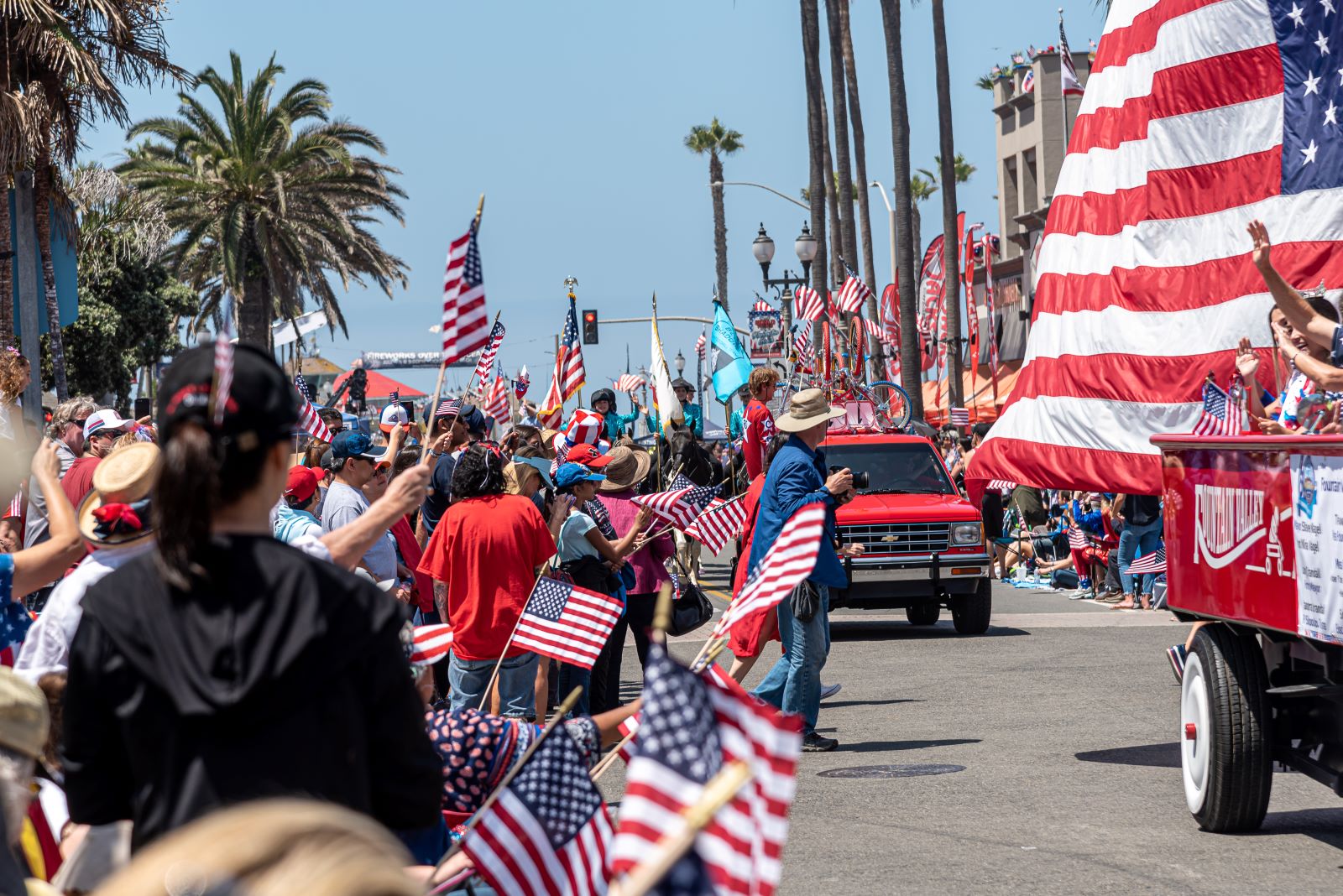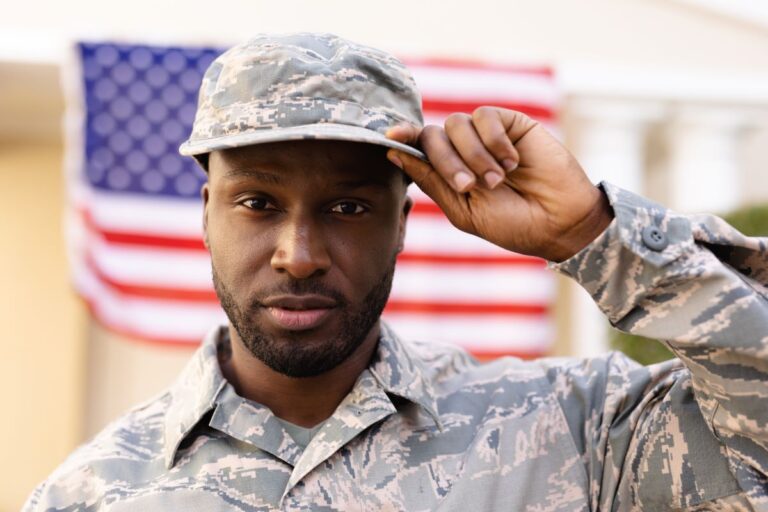Military Parades Aren’t What They Used to Be
Military parades and ceremonies have long been a staple of American patriotism, often stirring deep national pride. But have you ever stopped to think about how these displays have shifted over the years?
1. The Roots of Tradition

Military parades in the U.S. trace back to the first Inauguration Day parade for George Washington in New York City, 1789. It was a modest affair, reflecting the new nation’s cautious optimism.
2. Expansion and Extravagance

By the end of the Civil War, military parades had become grander. The Grand Review of the Armies in 1865 showcased Union victory with tens of thousands of soldiers marching through Washington, D.C., a potent symbol of restored unity and military strength.
3. Technological Showcases

The 20th century turned military parades into showcases of technological prowess. Post-World War II parades often featured tanks and missile carriers, signaling to the world U.S. military capability during the Cold War.
4. The Cost of Patriotism

Modern military parades are expensive. The 1991 Gulf War victory celebration cost an estimated $12 million, a price tag that sparked debate about the cost-effectiveness of these patriotic displays.
5. Shifts in Public Perception

While early parades were universally celebrated, modern perceptions vary with political and social climates. Recent proposals for large-scale military parades have met with mixed reactions, reflecting a society that is increasingly questioning military expenditure and its display.
6. Inclusivity in Representation

The integration of all service branches and the inclusion of women and minority groups in recent decades reflect broader social changes and a commitment to diversity within the armed forces.
7. Security Overhaul

Post-9/11, the security landscape has drastically changed. Events like the Waukesha Christmas parade attack have heightened safety measures, with barriers, restricted zones, and heavy police presence becoming the norm to protect attendees.
8. Media Evolution

Live broadcasts and now streaming services have brought military parades into the homes of millions worldwide, expanding their impact but also changing their traditional communal viewing nature.
9. Decline in Frequency

Large-scale national military parades have become less frequent in the 21st century, partly due to their cost and the logistical challenges they pose.
10. Community-Focused Celebrations

Smaller, community-centered events like local Veterans Day parades have taken on greater significance, focusing on personal stories of veterans and active-duty members rather than sheer military might.
11. Use of Virtual Reality

Advancements in technology have introduced virtual reality experiences in some military museums and ceremonies, allowing people to experience historical parades and battles from a first-person perspective without the need for large gatherings.
12. International Influence

U.S. military parades often draw from or influence ceremonies worldwide, with American troops sometimes participating in allied nations’ events, strengthening international military bonds.
13. Educational Component

Increasingly, parades and ceremonies incorporate educational elements, informing the public not just about military strength but also about historical context, veteran services, and peacetime roles of the military.
14. Veteran Reunions

Parades serve as reunion grounds for veterans, where old comrades can reconnect, share stories, and receive the public appreciation they deserve.
15. Tribute to Fallen Heroes

Memorial Day parades in particular focus on remembering those who have lost their lives, with moments of silence, honorary salutes, and flag-draped floats, underscoring the cost of freedom.
16. Reflecting Modern Military Roles

Recent parades increasingly highlight non-combat roles in the military, such as engineers, medical personnel, and cyber warfare experts, reflecting the modern battlefield’s complexity.
17. Engaging Youth

ROTC and JROTC units frequently participate in these parades, engaging young people and potentially inspiring the next generation of military personnel.
18. The Role of Military Bands

Military bands have always been a high point of parades, playing patriotic tunes that stir pride and nostalgia, keeping musical traditions alive.
19. Adapting to the Digital Age

Social media now plays a pivotal role in how military parades are perceived, with live tweets, shares, and posts bringing real-time reactions and interactions from viewers around the globe.
20. Preserving Tradition While Adapting

While maintaining respect for tradition, modern military ceremonies and parades strive to remain relevant by adapting to societal changes and public expectations, ensuring that these events continue to resonate with newer generations.
Reflecting Public Spirit

As we observe these evolutions, it’s clear that while the core of celebrating military tradition and patriotism remains strong, the ways in which we express and share this pride are ever-changing. Military parades and ceremonies, in their adaptability and resilience, reflect not just military history but the ongoing narrative of America itself.
Not All Tea Is Good for You: List of Teas to Avoid and to Stick To

Not all teas are healthy and some might actually harm your health with poor ingredients. But how can you tell the good from the bad? This guide aims to help you make informed choices without turning you into a tea expert overnight. Not All Tea Is Good for You: List of Teas to Avoid and to Stick To
America’s Spiritual Revolution: Turning Away from Christianity to Embrace Alternatives

As church attendance declines, Americans are exploring diverse spiritual paths, from stargazing druids to unconventional deities like Wi-Fi gods and extraterrestrials. Explore the quirky and sometimes controversial new religions capturing attention as people seek meaning beyond traditional Christianity. America’s Spiritual Revolution: Turning Away from Christianity to Embrace Alternatives
25 Must-Try Global Delicacies

From Bangkok’s bustling streets to Parisian cafes, every corner of the world offers something special for your taste buds. And you don’t have to travel far; even in the USA, you can find a world of flavors. Here are 25 global delicacies every foodie should try, including some local favorites! 25 Must-Try Global Delicacies
16 Affectionate Gestures to Keep the Romance Alive

Sustaining romance in a relationship needs deliberate actions and research-backed gestures to foster intimacy. Here are 16 evidence-based romantic gestures, with steps to integrate them into your relationship and revive the spark. 16 Affectionate Gestures to Keep the Romance Alive
21 Top Christian Attractions to Explore in the U.S.

The U.S. is rich in spiritual destinations, offering awe-inspiring sites for both believers and curious travelers. Explore the 21 most popular Christian attractions across the country, where architecture, history, and faith converge. 21 Top Christian Attractions to Explore in the U.S.
The post Military Parades Aren’t What They Used to Be first appeared on Hello Positive Mindset.
Featured Image Credit: Shutterstock / Roberto Galan.
For transparency, this content was partly developed with AI assistance and carefully curated by an experienced editor to be informative and ensure accuracy.






